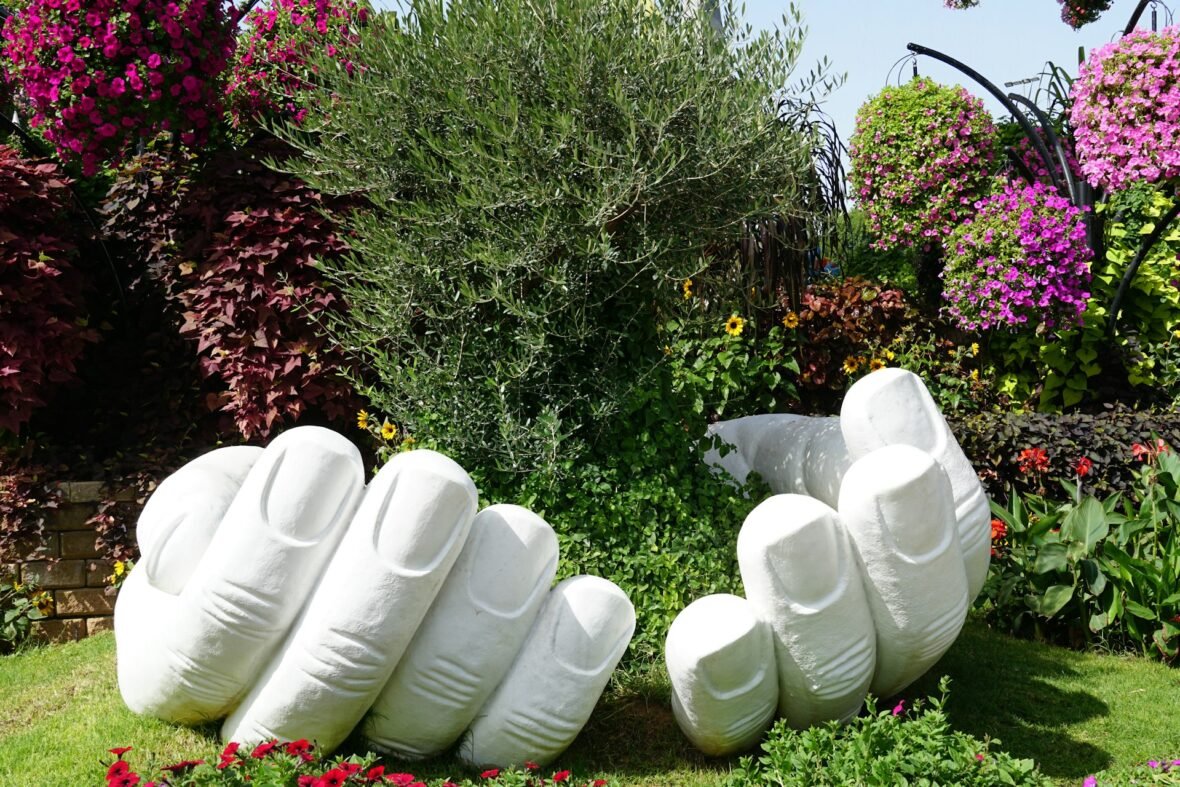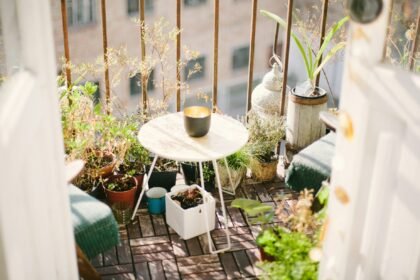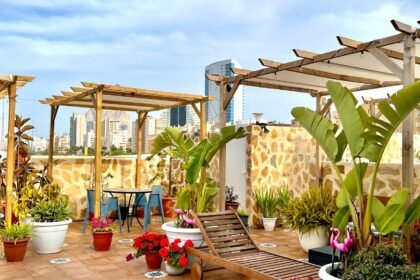The Middle East boasts a rich history of gardening that dates back thousands of years, making it a fascinating subject for those interested in horticulture and sustainable practices. The region is characterized by its unique environmental challenges, including arid climates, limited water resources, and diverse soil types. Despite these challenges, gardening in small spaces has thrived in Middle Eastern cultures, showcasing the ingenuity and adaptability of its people.
Historically, gardening in the Middle East has served as both a source of sustenance and a means of enhancing beauty in urban and rural areas alike. Gardens, often associated with Islamic culture, symbolize paradise and offer a retreat from the harshness of the surrounding environment. Additionally, traditional methods of horticulture often include the implementation of intricate irrigation systems, such as qanats and basins, designed to maximize water use and ensure crop survival in the dry climate.
Gardening in small spaces is a viable solution for many urban dwellers in the region, where limited land and high population density restrict traditional gardening opportunities. Small garden ideas that reflect regional styles often incorporate container gardening, vertical gardens, and the use of shade-producing plants to create microclimates. These techniques not only conserve water but also enhance the aesthetic appeal of limited areas, allowing individuals and families to grow a variety of fruits, vegetables, and ornamental plants.
The importance of gardening among Middle Eastern communities cannot be overstated; it fosters a sense of community, promotes biodiversity, and provides nutritional support. By tapping into the cultural heritage of gardening and applying traditional techniques adapted for small spaces, individuals can create flourishing green spaces that resonate with history while addressing modern challenges. This introduction sets the stage for exploring the myriad traditional gardening methods that can be employed to transform small areas into thriving oases.
Understanding Small Space Gardening
Gardening in small spaces has emerged as a vital practice, particularly in urban environments like those found in the Middle East. As cities continue to grow at an unprecedented rate, the availability of land for traditional gardening is constantly diminishing. Hence, urban dwellers are increasingly turning to small garden ideas that allow them to cultivate crops and ornamental plants even in limited areas. This approach not only beautifies living spaces but also enhances food security and promotes sustainable living.
One of the primary challenges faced by urban gardeners is the limited amount of soil available for planting. Many residents only have a balcony, a rooftop, or a small patio. These confined areas often come with restrictions on the depth and quantity of soil, impacting plant selection and growth. Additionally, high-rise buildings that are common to the region can obstruct sunlight, further complicating the growing process. Without sufficient light, plants may struggle to thrive, leading to underwhelming results.
Water scarcity is another major issue for Middle Eastern gardeners, where arid climates are prevalent. With limited access to irrigation systems, efficient water management becomes critical. Urban gardeners have to incorporate effective techniques like drip irrigation or hydroponics to ensure their small gardens remain viable. Likewise, the selection of drought-resistant plants can support this practice tremendously. It allows gardeners to remain productive while conserving water resources.
In response to these challenges, innovative gardening methods such as vertical gardening and container gardening have grown in popularity. These techniques not only maximize the use of limited space but also encourage the cultivation of a diverse range of plants. As urban living continues to evolve, adopting small space gardening practices remains key for those looking to integrate nature into their concrete surroundings.
Terrace and Rooftop Gardening In the Middle East: A Popular Solution
In many Middle Eastern cities, where ground space is often limited due to urban density, terrace and rooftop gardening has emerged as a practical solution for cultivating greenery. This method effectively utilizes available areas above ground level, transforming unused rooftops into vibrant gardens. These gardens are not only aesthetically pleasing but also serve essential functions, such as improving air quality and providing fresh produce.
Setting up a terrace or rooftop garden involves several considerations.
- The use of containers is paramount.
- Containers allow for flexibility in plant selection and are ideal for limited space. Various sizes and shapes of pots can accommodate different plants, ranging from herbs to small fruit-bearing trees, without the need for extensive ground preparation. Additionally, vertical gardening techniques can maximize space efficiency. Vertical planters or wall-mounted systems make it possible to grow a variety of plants upwards, creating a lush, green environment without occupying expansive horizontal space.
- Raised beds also offer a viable option for rooftop gardens, allowing for soil management and drainage to be simplified.
- They elevate plants above the rooftop surface, ensuring better access to sunlight and improving air circulation. When establishing a garden in such a unique environment, it is crucial to select plants suited to the climate. Drought-resistant plants and those that thrive in full sun usually perform best in rooftop gardens. Herbs, succulents, and native plants are excellent choices due to their minimal water requirements and resilience.
- Maintenance plays a key role in the success of gardening in small spaces like terraces and rooftops.
- Regular watering, appropriate pruning, and monitoring for pests are essential tasks. Furthermore, incorporating mulch can help retain moisture and regulate soil temperature. This practice not only contributes to the sustainability of the garden but also enhances its resilience in the face of adverse weather conditions, making it an ideal solution for urban gardening in the Middle East.
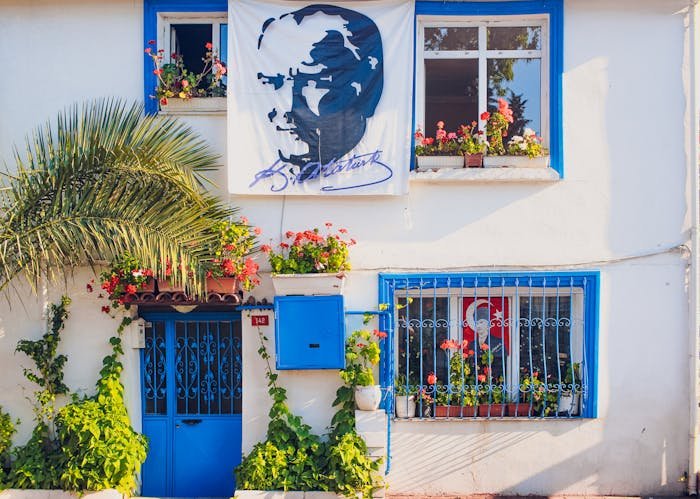
The Art of Middle Eastern Gardening in Containers
Container gardening is an ancient practice that has endured through generations, especially in the arid regions of the Middle East, where land accessibility can be a challenge. This method of gardening in small spaces is particularly advantageous as it allows individuals to cultivate a diverse array of plants without the need for expansive plots of land. Utilizing containers not only optimizes space but also provides greater control over plant growth and health.
When engaging in container gardening, the selection of appropriate containers is paramount. Terracotta pots, wooden boxes, and even recycled materials can be effective, but it is essential to ensure that containers have adequate drainage to prevent water pooling. The size of the container should also correspond to the type of plants cultivated; larger pots are suitable for deep-rooted vegetables like tomatoes, while smaller pots are ideal for herbs and shallow-rooted plants.
The choice of soil is another critical element in successful container gardening. A well-draining potting mix, rich in organic matter, ensures that plants receive the necessary nutrients and moisture without the risk of root rot. Incorporating compost into the soil mix not only enhances fertility but also improves structure and drainage, which is vital for container growth.
Several traditional herbs and vegetables thrive in small containers, making them perfect candidates for those exploring small garden ideas. Commonly grown plants include herbs such as basil, mint, and parsley, which are not only popular in Middle Eastern cuisine but also well-suited for restricted spaces. Vegetables like bell peppers and eggplants also adapt well to container growing, offering gardeners a diverse selection of produce. Using these techniques and plants, container gardening is a viable option for anyone interested in gardening in small spaces.
Water-Saving Techniques in Middle Eastern Gardening
In places characterized by arid climates, particularly in the Middle East, water conservation is very important. Using traditional irrigation methods not only preserves this resource but also enhances the resilience of small gardens. One method is drip irrigation, which delivers water directly to the roots of plants. This technique minimizes evaporation losses and ensures efficient water usage, making it ideal for gardening in small spaces. Modern small garden ideas often incorporate these principles, blending technology with time-tested wisdom.
Another effective irrigation practice is terrace farming, which involves creating stepped levels on sloped terrain. This ancient technique minimizes soil erosion while maximizing water retention. By allowing water to flow gradually down the terraces, gardeners can ensure that each level receives an adequate supply, fostering healthy plant growth even in small outdoor areas. Such adaptability makes terrace farming a valuable approach for those looking to cultivate gardens in limited spaces, especially in areas where water resources are scarce.
Additionally, the qanat system, developed by Persian engineers, is a creative method for underground water management. This system channels water from aquifers through a series of tunnels, delivering it to the surface in a controlled manner. By tapping into this ancient practice, gardeners can create sustainable small garden ideas that rely less on direct rainfall, optimizing their use of available water. The qanat technique not only alleviates the burden of irrigation in small gardens but also reflects the need for innovative solutions in modern sustainable gardening.
Overall, embracing traditional irrigation techniques like drip irrigation, terrace farming, and qanat systems can significantly contribute to water conservation in gardening. They exemplify how historical wisdom can guide contemporary practices, offering solutions for those looking to garden in small spaces while safeguarding water supplies.
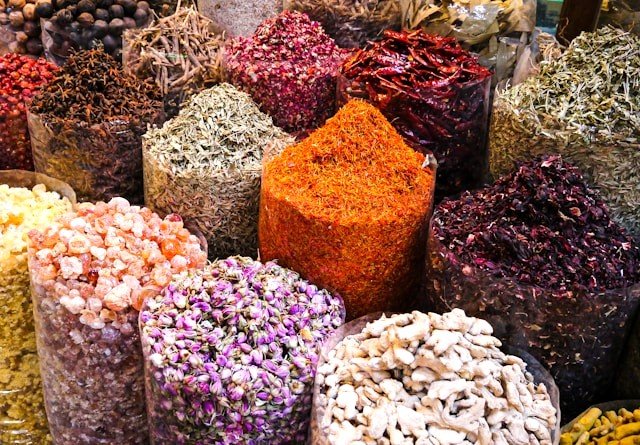
Companion Planting in the Middle East: Using Nature’s Synergy
Companion planting is an agricultural technique that has been employed in the Middle East for centuries, where specific plants are grown in proximity to enhance each other’s growth and productivity. This practice is particularly beneficial for those engaging in gardening in small spaces, as it allows for optimal use of limited area while maximizing yields. By recognizing the natural relationships between plants, gardeners can create thriving ecosystems within their small gardens.
One of the most notable benefits of companion planting is the ability of certain plant species to deter pests and diseases when grown together. For instance, growing marigolds alongside vegetables such as tomatoes can help repel nematodes and other harmful insects, thereby supporting healthier tomato plants. Similarly, planting basil near tomatoes not only boosts their flavor but also enhances growth through complementary nutrients and pest deterrence.
Another effective pair is the legendary combination of beans and corn, often seen in traditional Middle Eastern gardening. The beans provide nitrogen to the soil, improving its fertility, while the tall corn stalks offer necessary support for the climbing bean plants. This synergistic relationship illustrates how well-planned small garden ideas can lead to a more productive and healthier garden.
Additionally, the integration of herbs such as thyme or oregano with flowering plants can attract beneficial pollinators, further contributing to the health of the small garden ecosystem. These companion plants not only improve soil conditions and deter pests but also create a diverse microhabitat that enhances the overall growth environment.
In conclusion, companion planting embodies a sustainable approach to gardening in small spaces, allowing gardeners to utilize their area effectively while fostering natural plant relationships. By implementing these time-tested strategies, individuals can cultivate vibrant and productive gardens, even in limited space environments.
Embracing Vertical Designs in Middle Eastern Gardening
In recent years, the concept of vertical gardening has gained prominence, particularly for those exploring the realm of gardening in small spaces. Vertical gardening offers a practical solution for maximizing available area while adding depth and beauty to the landscape. Utilizing various structures, such as trellises, wall planters, and hanging pots, enables gardeners to create lush green spaces even in limited environments.
One effective way to begin a vertical garden is by incorporating trellises. These supportive frameworks allow climbing plants to grow upward rather than outward, promoting a more organized and visually appealing arrangement. Common choices for trellis-friendly plants include peas, beans, cucumbers, and even flowering vines like morning glories. By utilizing a trellis, gardeners can enjoy a flourishing small garden, rich in both the aesthetic appeal and productive yield.
In addition to trellises, wall planters provide another excellent option for small garden ideas. These containers can be mounted directly onto walls, making use of vertical space that would otherwise be neglected. Herbs like rosemary, basil, and mint thrive in wall planters, offering both culinary delights and delightful fragrances. Care for these vertical garden plants requires consistent watering and occasional fertilization to ensure they flourish in their confined settings.
Hanging pots also play a key role in vertical gardening. By suspending these containers from porches, balconies, or fences, gardeners can create a cascade of color and greenery. When selecting plants for hanging pots, consider options such as trailing petunias, strawberry plants, or succulents, all of which adapt well to this arrangement. Proper care for hanging plants involves monitoring moisture levels and ensuring adequate sunlight exposure.
Vertical gardening not only optimizes small spaces but also inspires creativity among gardeners. By embracing these techniques, individuals can transform their living spaces into vibrant, productive gardens that reflect their unique style and taste.
Soil Health and Natural Fertilizers
Maintaining healthy soil is crucial for successful gardening in small spaces, where the limited area can be easily depleted of nutrients. Healthy soil facilitates optimal plant growth by providing essential nutrients, moisture retention, and proper aeration. For those working in such confined environments, it’s vital to ensure that the soil remains fertile and balanced. Traditional Middle Eastern gardening practices offer insight into enhancing soil health through the use of natural fertilizers.
One effective method is composting, a practice that transforms kitchen scraps and garden waste into nutrient-rich organic matter. This not only reduces waste but also favors soil structure and fertility. Gardeners can easily create a compost heap in a corner of their small garden, utilizing materials such as vegetable peels, eggshells, and coffee grounds. These components decompose, enriching the soil with vital nutrients that promote plant growth.
Another traditional approach lies in the use of organic matter from well-rotted animal manure or leguminous plants. These natural fertilizers provide a slow-release source of nutrients, ensuring that plants receive a steady supply of what they need as they develop. Incorporating such materials into the soil further enhances its water-holding capacity, an invaluable benefit for gardeners working in small spaces where maintaining moisture can be challenging.
Additionally, practices such as mulching with dry leaves or straw can significantly improve soil health. This method not only suppresses weeds but also retains moisture and gradually adds organic matter to the soil as it breaks down. By using these natural fertilizers, gardeners can create ideal environments for their plants, ensuring their small gardens produce fruitful results. These techniques contribute to a sustainable approach to gardening in small spaces, promoting not just plant health but also environmental responsibility.
Cultivating Your Own Oasis
Gardening in small spaces can transform any compact living area into a vibrant oasis, creating a connection with nature while enhancing your surroundings. As we have explored throughout this article, traditional Middle Eastern gardening methods provide a ton of inspiration and insight that can be adapted to fit even the smallest of gardens. These practices not only highlight a rich cultural heritage, but also emphasize sustainability.
Taking up gardening as a hobby can be extremely fulfilling. Small garden ideas are endless and can range from vertical gardens that utilize wall space, to container gardens that make the most of patios and balconies. By incorporating plants that thrive in smaller areas—such as herbs, flowers, and vegetables—you can create a lush, productive space that reflects your personal style and preferences.
Traditional methods from the Middle East, such as companion planting and the use of natural fertilizers, can enhance the efficiency and health of small gardens. By adopting these techniques, you not only enrich the soil but also contribute to biodiversity, which is essential for a flourishing garden. These time-tested practices can inspire you to create an immersive gardening experience, regardless of space constraints.
Enjoy the benefits of nature while sparking creativity. With knowledge of traditional gardening methods and inventive garden ideas, you can curate your own little green sanctuary!

